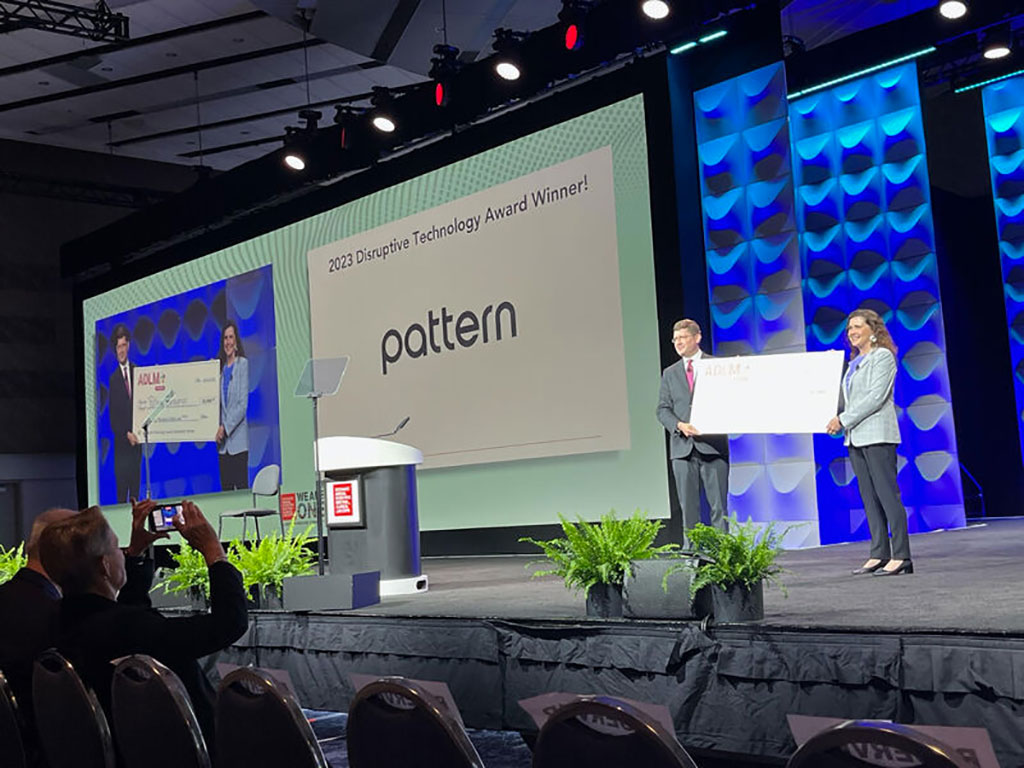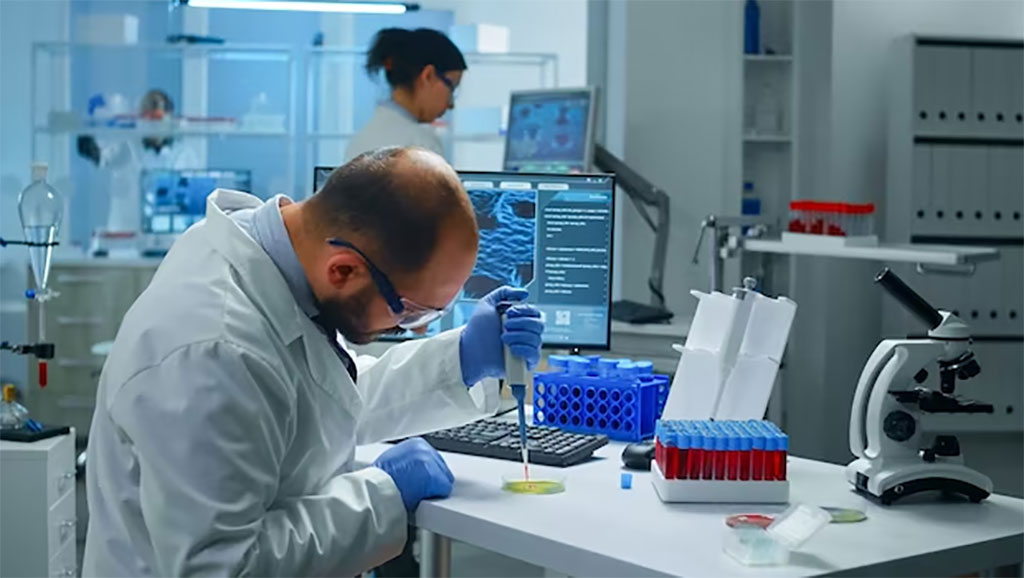Best Approach to Infectious Disease Serology Testing for Laboratorians and Clinicians Discussed at AACC 2023
Posted on 27 Jul 2023
The understanding and interpretation of infectious disease serology tests can often perplex both laboratorians and clinicians. This confusion can lead to adverse effects on patient care and increased healthcare expenses. As labs are required to perform an increasing amount of testing without corresponding increase in staff or resources, lab directors could find themselves overseeing testing outside their specific area of knowledge. Similarly, clinicians are faced with a plethora of testing options and must learn to interpret unexpected results. Such trends could result in the misuse or misinterpretation of serologic assays used for diagnosing infectious diseases.
In an interesting session at AACC 2023, “Infectious Disease Serology: Are You Still Ordering That Test,” different speakers shared case studies, insightful experiences, and guidance on how to effectively manage infectious disease serology testing. Patricia Slev from ARUP Laboratories (Salt Lake City, UT, USA) began with a review of the evolution of infectious-disease testing and a basic explanation of the principles of serology testing for commonly found pathogens. She noted that as clinical assays and automation have improved, more testing options have emerged across various laboratory divisions. Despite certain serology tests becoming outdated, they are still being routinely requested. She cited Lyme disease testing as an example of this trend, offering guidance on how to navigate this complex diagnostic landscape.

This was followed by Elitza Theel from Mayo Clinic (Rochester, MN, USA) discussing the potential misuse and misinterpretation of serologic assays, with focus on the excessive testing often seen in infectious-disease cases. As a laboratory director, she deals with numerous such cases and presented strategies for optimizing diagnostic testing, using neurosyphilis as an example. She highlighted the overuse of specific tests in her lab on patients with little to no risk of syphilis, let alone neuroinvasive infection. Using data from her Venereal Disease Research Laboratory (VDRL) test utilization study, Theel intends to introduce a policy that necessitates a positive syphilis antibody blood-test result before any spinal-fluid test is allowed, a move that is expected to curb unnecessary testing. This strategy will likely enhance patient care, reduce healthcare costs, and assist clinicians in choosing the right tests.
The session concluded with Sarah Wheeler from the University of Pittsburgh Medical Center (Pittsburgh, PA, USA) underscoring the importance of stewardship in test utilization. She discussed the growing prevalence of nucleic acid testing (NAT), and the challenge it poses in choosing between NAT and serology for diagnosis. Wheeler used a high-cost viral meningoencephalitis CSF serology panel, regularly ordered at a pediatric center, as an example of a test that proved clinically unbeneficial over a year. She shared her methods to enhance test utilization, including the removal of the option to directly order certain tests. Attendees gained insight on the appropriate usage of infectious disease diagnostic assays and guidance on advising clinicians about test selection. The shared experiences from the speakers could assist laboratorians in implementing changes in their own clinical environments.
Related Links:
University of Pittsburgh Medical Center
ARUP Laboratories
Mayo Clinic













